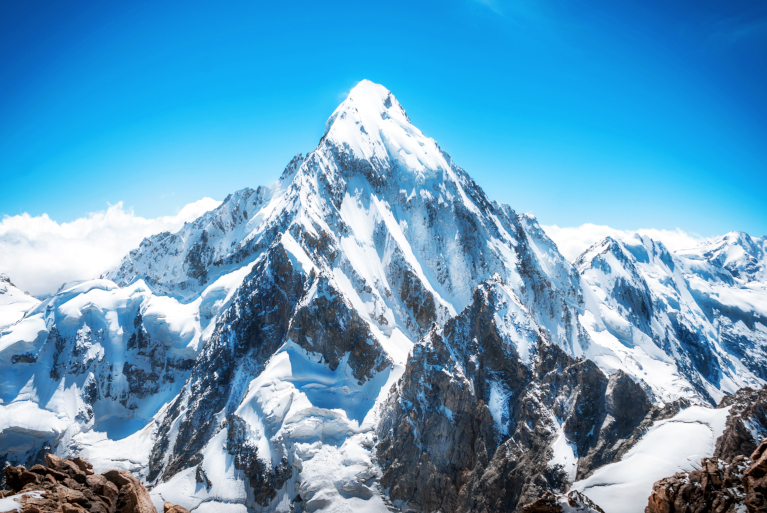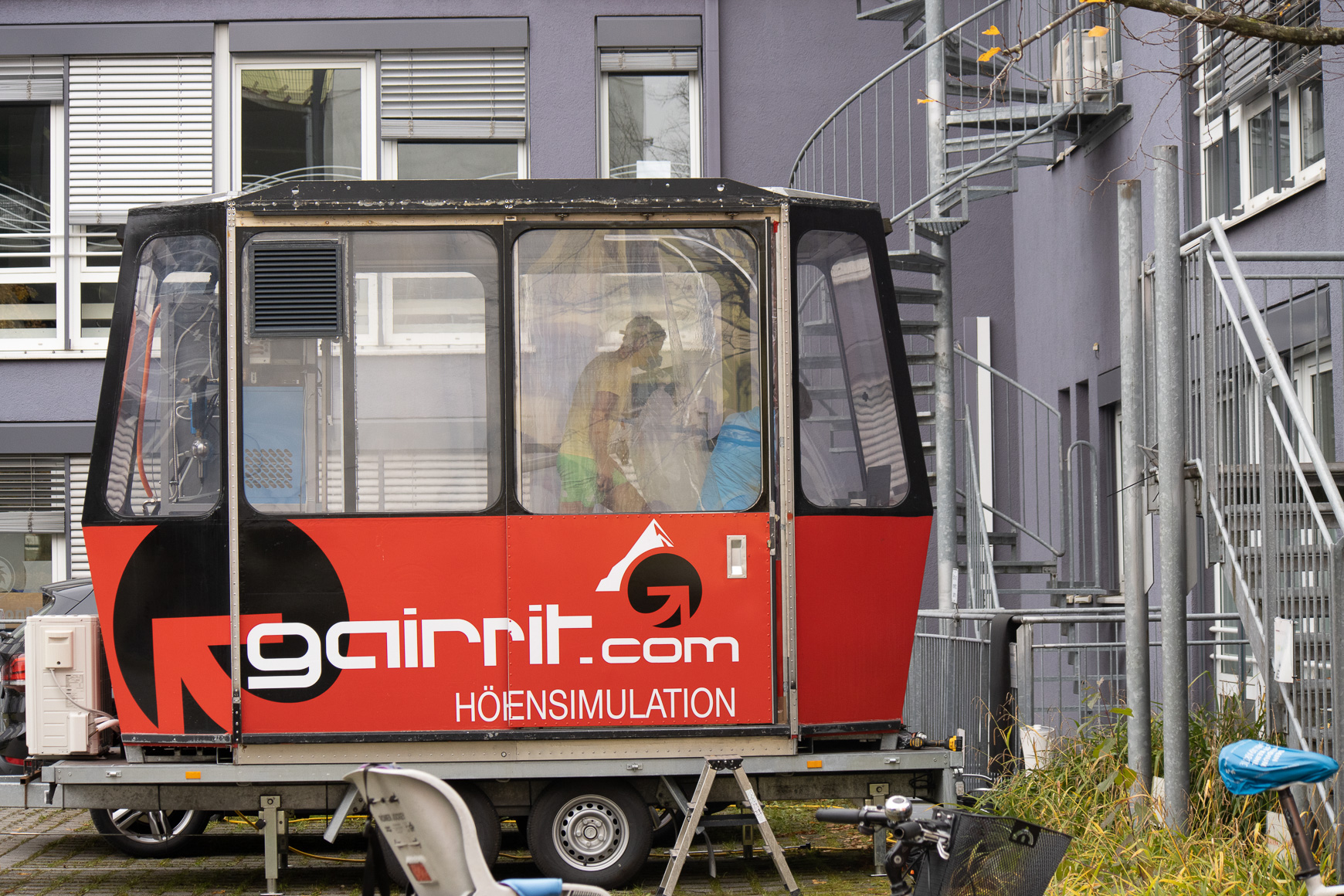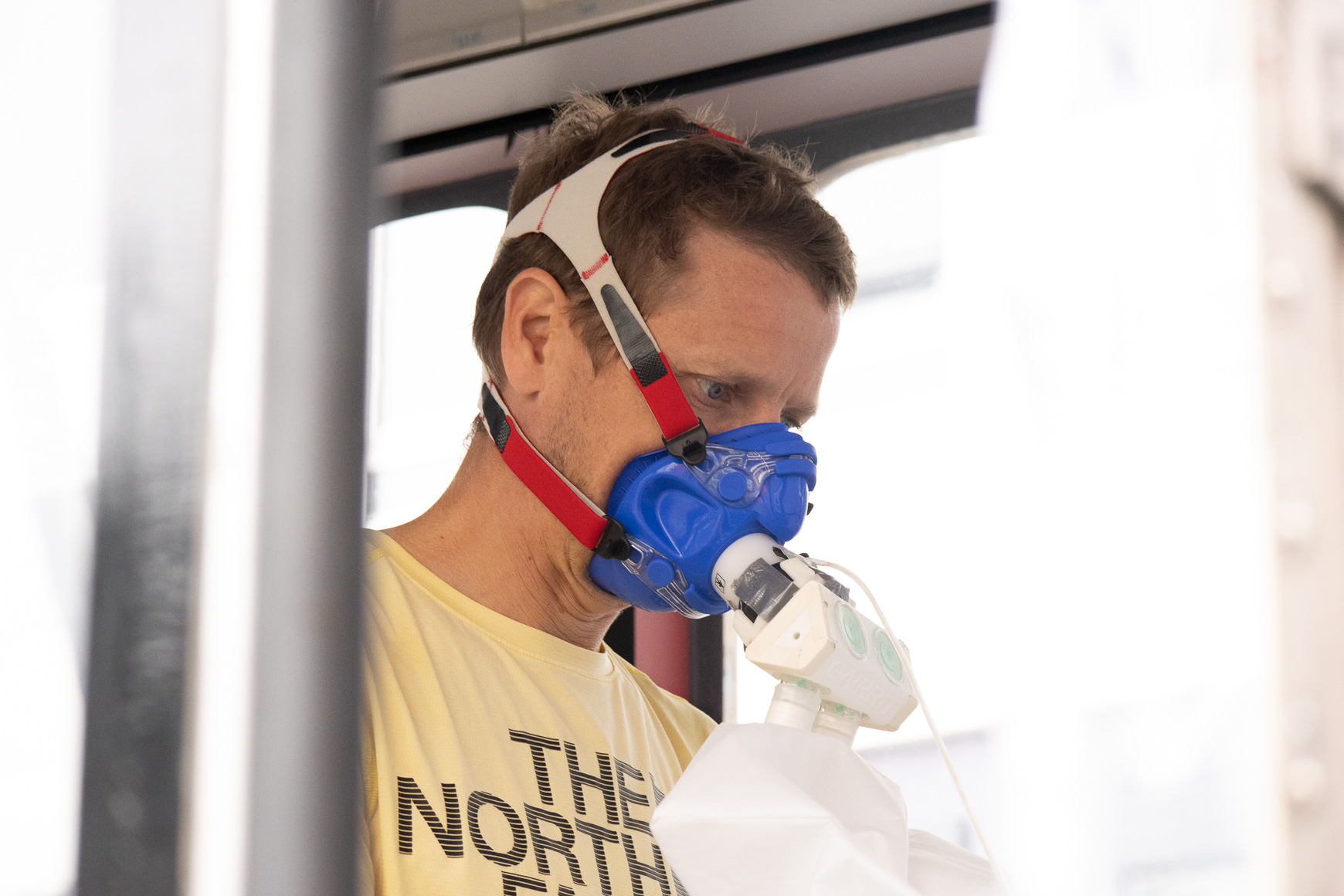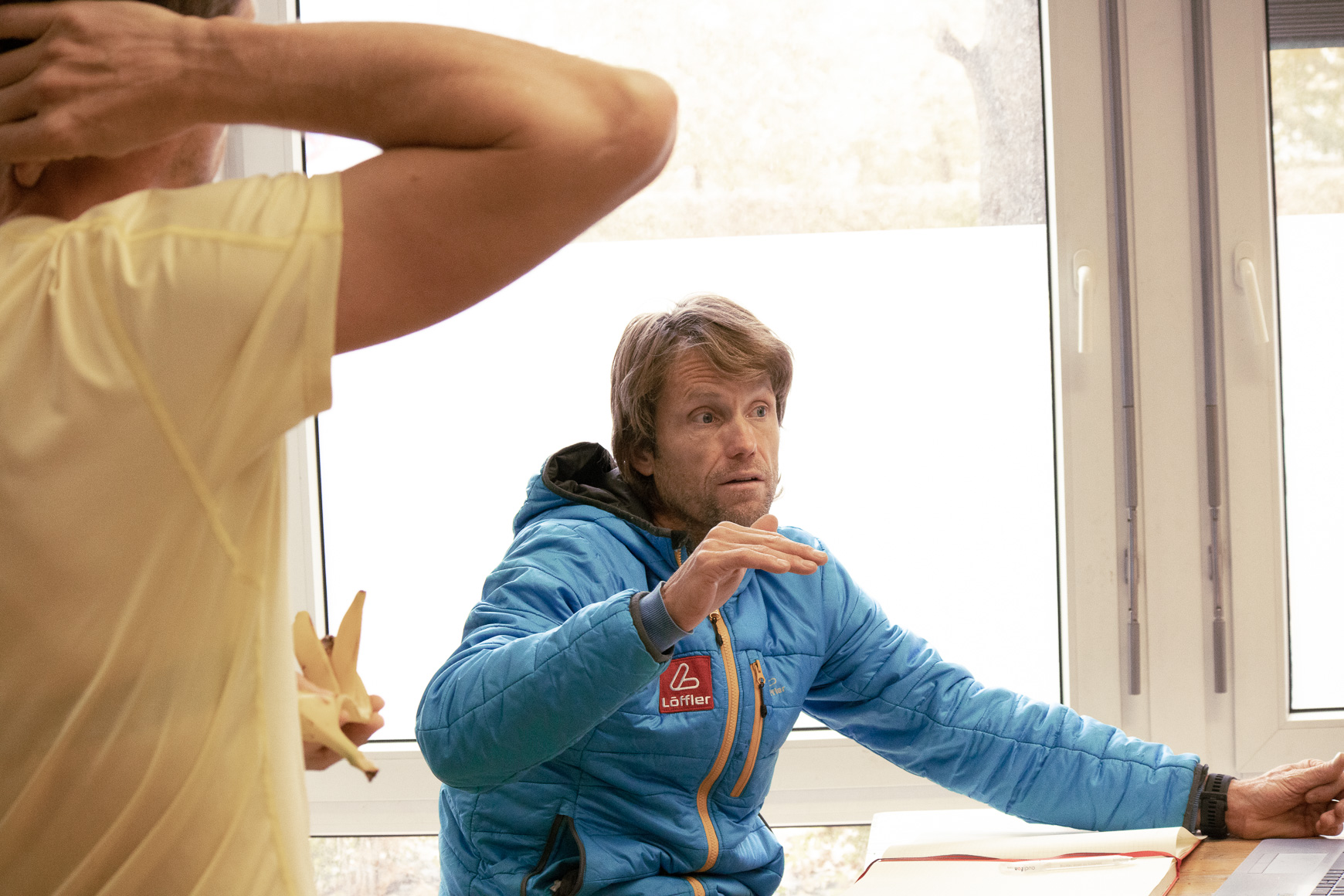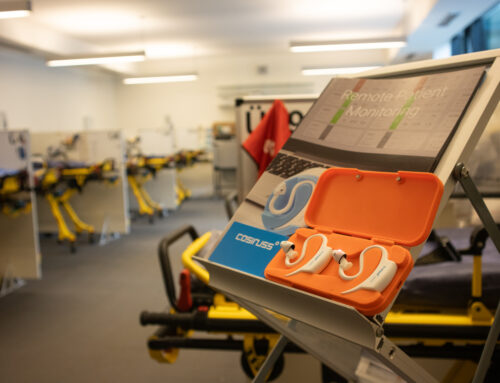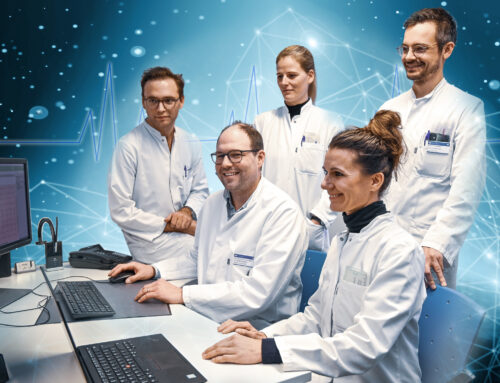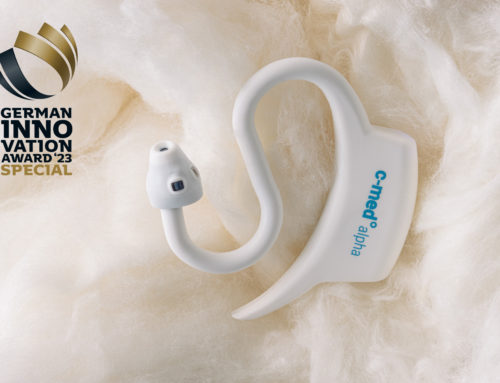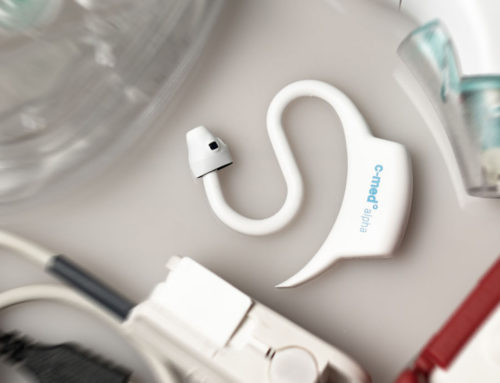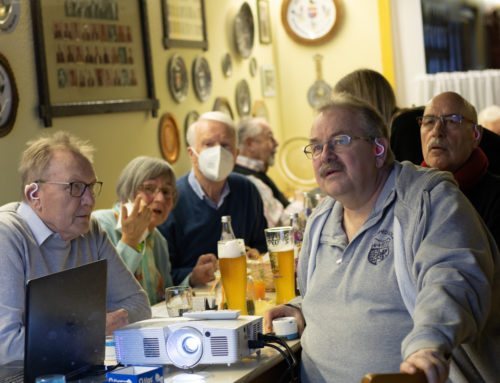[no_toc]
Extreme conditions prevail at an altitude of over 8,800 meters: Icy cold, strong wind and the air becomes increasingly “thin”. Despite these adverse circumstances, courageous professional mountaineers dare to climb the highest point on earth: Mount Everest. Those who want to conquer the mountain are challenging their bodies a lot. The decreasing of both air and oxygen partial pressure of the ambient air is a particular challenge, as oxygen can no longer be absorbed efficiently by the red blood cells. As a result, the oxygen saturation in our body drops. Many mountaineers therefore venture to the summit only with an oxygen mask and bottle. Those who do without them have to keep a close eye on their oxygen saturation. This is also the case for professional mountaineer David Göttler. The Munich native and certified mountain and ski guide (UIAGM) is planning to climb Mount Everest without oxygen, but equipped with our in-ear sensor, the cosinuss° Two, to keep an eye on the most important vital parameters.
Measuring vital parameters in extreme environments
David Göttler’s plan to climb Mount Everest without oxygen is ambitious. However, from his many years of experience, he knows that he can cope well with low oxygen levels in his blood. It is therefore all the more important that he keeps a constant eye on these and other vital parameters. For this purpose, he will use our latest generation in-ear sensor. Especially at extremely low temperatures, other methods of SpO2 measurement, such as finger clips and smartwatches, reach their limits. The measuring tip of the cosinuss° sensor, on the other hand, sits protected in the climber’s ear canal and can thus work continuously. A kind of “microclimate” is created in the ear that is less susceptible to external climatic influences. In addition, it also provides all other essential parameters. For David Göttler, the reliable measurement of oxygen saturation, body temperature and pulse is extremely important. This would enable him to react in time in the event of a deterioration in his values.
Preparations with cosinuss° and GAIRRIT
Göttler relies on cosinuss° technology not only for his planned ascent of Mount Everest.
He has already been using the previous generation sensor, the cosinuss °One, for several months for his regular fitness training to monitor his pulse and body temperature.
Göttler even conducted tests on the cosinuss° premises together with Gerrit Glomser at the end of last year. Glomser has been studying the effects that altitude has on our body’s performance for 30 years now. His company GAIRRIT, founded in 2005, is a leading provider of equipment for altitude training and diagnostics as well as plant engineering for altitude chambers. The goal of the joint tests was to show how well Göttler would respond to the extreme altitudes. Equipped with the cosinuss° Two, Göttler underwent test protocols specially designed for high-altitude mountaineering. For this purpose, different altitudes were simulated in a mobile altitude chamber. Göttler’s past mountain expeditions and experience suggested that he remains capable of performing even at extreme altitudes. The tests conducted confirmed these assumptions.
Photos: Test measurements with David Göttler and Gerrit Glomser (GAIRRIT) on the cosinuss° premises.
Upcoming challenges
We are pleased to be able to support David Göttler in his project this year and to equip him with our sensor technology. This undertaking is not only a real challenge for the climber, but also for us: never before has a cosinuss° sensor been so high up.
